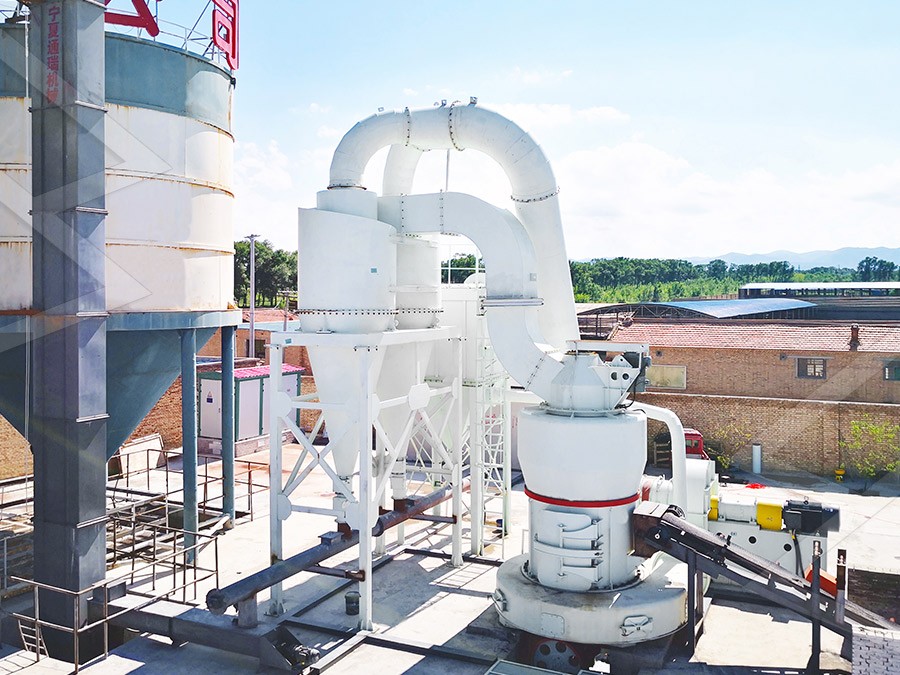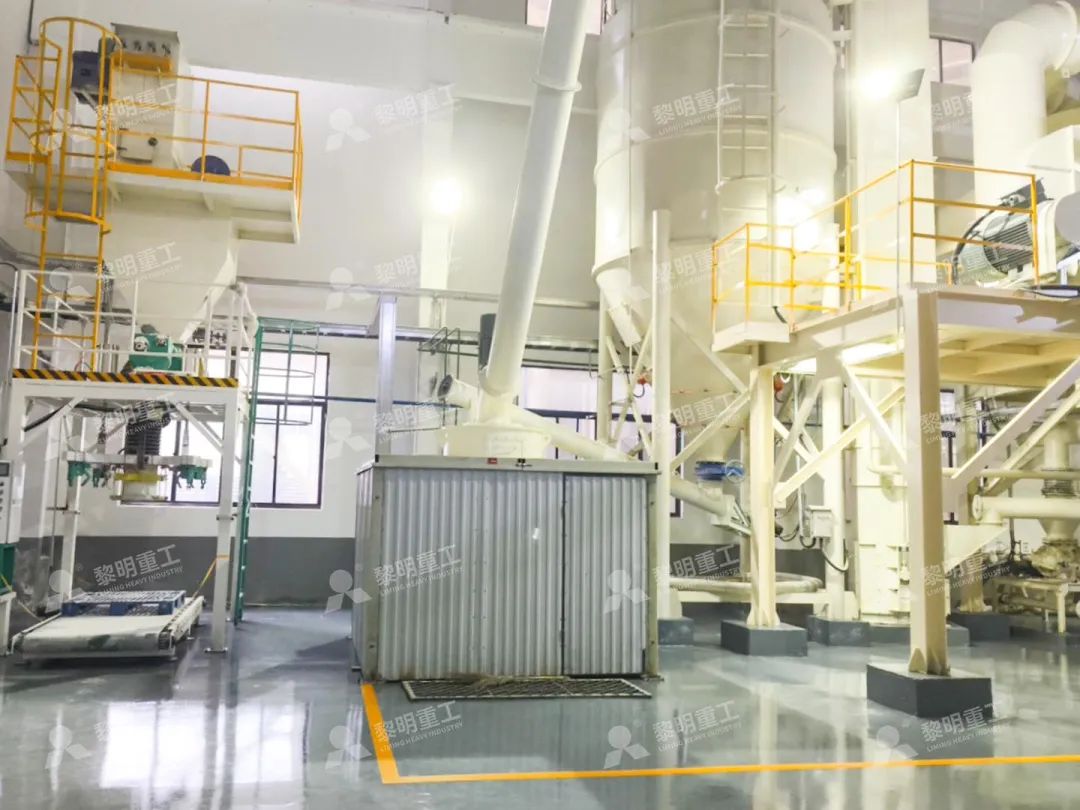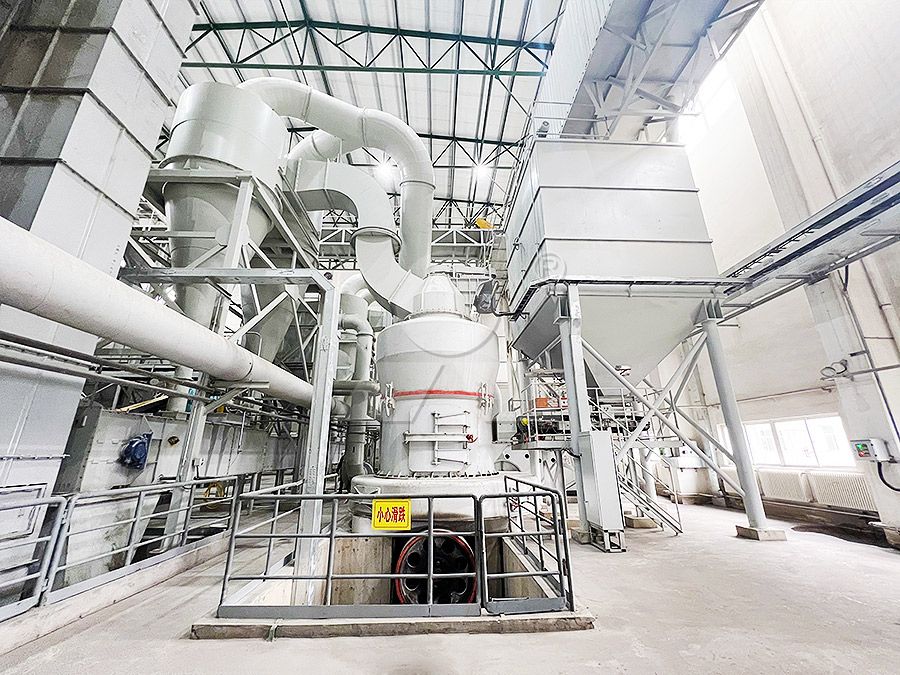Volcanic Pumice Three-Ring Medium-Speed Micro Powder Grinding Mill
Unlocking the Potential of Volcanic Pumice Processing
Volcanic pumice presents unique challenges and opportunities in mineral processing. Its vesicular structure, low density, and abrasive nature demand specialized grinding equipment that can achieve precise particle size distribution while maintaining operational efficiency. For operations targeting the production of high-value pumice powders for applications in construction, filtration, cosmetics, and agriculture, selecting the right milling technology becomes paramount.

The distinctive physical properties of volcanic pumice – including its high porosity and silica content – require grinding systems capable of handling moderately abrasive materials while producing consistent ultra-fine powders. Traditional ball mills often struggle with energy efficiency and precise particle control when processing such materials, leading operations to seek more advanced solutions.
Advanced Grinding Technology for Specialized Applications
Modern pumice processing operations benefit significantly from medium-speed micro powder grinding mills specifically engineered for challenging mineral applications. These systems incorporate multiple grinding zones and advanced separation technologies to achieve particle sizes ranging from coarse aggregates to fine powders suitable for specialized industrial applications.
For operations requiring exceptional fineness control in volcanic pumice processing, we particularly recommend our MW Ultrafine Grinding Mill. This system represents a significant advancement in ultra-fine powder production, specifically designed for customers who need to make precisely controlled ultra-fine powder from challenging materials like pumice. With an input size capability of 0-20 mm and capacity ranging from 0.5-25 tph, this machine handles the complete spectrum of pumice processing requirements.

Technical Innovations in Pumice Grinding
The MW Ultrafine Grinding Mill incorporates several proprietary technologies that make it particularly suitable for volcanic pumice processing. The newly designed grinding curves of the grinding roller and grinding ring significantly enhance grinding efficiency. In practical applications, this design has demonstrated production capacity increases of 40% higher than jet grinding mills and stirred grinding mills operating at the same fineness and power specifications.
One of the most valuable features for pumice processing is the adjustable fineness range between 325-2500 meshes. The cage-type powder selector, incorporating German technology, effectively increases the precision of powder separation. Operations can configure multi-head cage-type powder selectors according to specific requirements for yield, fineness, and sieving rate, with the screening rate achieving d97≤5μm in a single pass.
Operational Reliability and Environmental Considerations
Pumice processing operations often face challenges with equipment maintenance and environmental compliance. The MW Ultrafine Grinding Mill addresses these concerns through its innovative chamber design that eliminates rolling bearings and screws in the grinding area. This construction prevents common failure points and eliminates machine damage problems caused by loose screws – a frequent issue when processing abrasive materials like pumice.
The external lubrication system allows for maintenance without shutdown, enabling continuous 24-hour production cycles that are essential for profitable pumice processing operations. Environmental compliance is ensured through the integrated efficient pulse dust collector that prevents dust pollution during the entire milling process. Additional silencer and noise elimination configurations reduce operational noise, ensuring full compliance with national environmental protection standards.

Material Versatility and Processing Efficiency
Beyond volcanic pumice, the MW Ultrafine Grinding Mill demonstrates exceptional performance across a wide range of materials including limestone, calcite, dolomite, petroleum coal, gypsum, barite, marble, talc, and coal powder. This versatility makes it an ideal investment for operations processing multiple mineral types or those considering future diversification.
The digitalized processing capabilities ensure higher precision across all components, with tens of lines of numerical controlling machine tools handling operations such as steel plate cutting, bending, planing, milling, and paint spraying. This manufacturing precision translates directly to improved operational reliability and consistent product quality in pumice processing applications.
Frequently Asked Questions
What makes the MW Ultrafine Grinding Mill particularly suitable for volcanic pumice?
The MW Mill’s unique grinding curve design and absence of internal screws and rolling bearings in the grinding chamber make it exceptionally resistant to the abrasive nature of pumice, while providing precise control over particle size distribution.
How does the energy consumption compare to traditional grinding systems?
Operating at only 30% of the energy consumption of jet grinding mills, the MW Ultrafine Grinding Mill represents a significant advancement in efficiency, particularly important for high-volume pumice processing operations.
What particle size range can be achieved with this system?
The system provides adjustable fineness between 325-2500 meshes, with the capability to achieve d97≤5μm in a single pass, making it suitable for both construction-grade and specialty application pumice powders.
How does the system address environmental concerns associated with pumice dust?
The integrated efficient pulse dust collector ensures no dust pollution generates during operation, while silencer and noise elimination configurations maintain compliance with environmental standards.
What maintenance advantages does this system offer for abrasive materials like pumice?
The external lubrication system allows maintenance without shutdown, and the absence of internal screws and rolling bearings in the grinding chamber eliminates common failure points associated with abrasive material processing.
